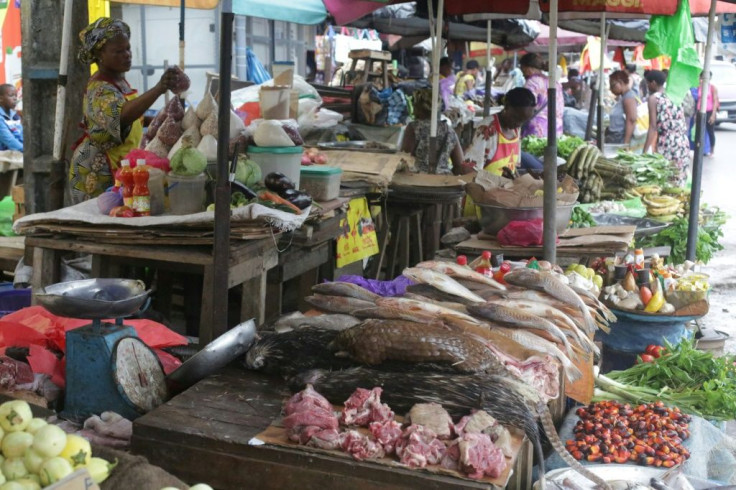Human Activities That Threaten Wildlife Also Increase Risks Of Virus 'Spillover', Study Finds
KEY POINTS
- Wildlife exploitation increases the risk of virus spillover from animals, a new study finds
- Animals declining due to human acts passed more viruses than others
- Researchers say we need to find a way to 'safely' co-exist with wildlife
The results of a new study show that many of the human activities that threaten wildlife populations also expose people to greater risks of virus spillovers. According to the researchers, the results show how humans need to find a way to safely co-exist with wildlife.
For a new study, researchers from the University of California, Davis analyzed a dataset of the 142 known viruses that jumped from animals to humans, as well as the animals that are said to have hosted the said viruses. Using the IUCN Red List of Threatened Species, the researchers were also able to see the patterns in species abundance, extinction risks and the main causes for the species' population declines.
Of the animals, the researchers found that domesticated animals, including livestock, have shared the most number of viruses with humans compared to wild mammals, likely because of our close contact. There are also other animals such as bats and rodents that remained wild but have since increased in abundance and even adapted to human-dominated environments. Because of their close contact with human habitats and farms, they still have a high risk for transmitting viruses to people.
Then, there are the wild animals with populations are threatened, particularly from human-related causes such as hunting and wildlife trade. These animals shared more zoonotic viruses to humans compared to the other animals that are threatened due to other reasons.
Overall, the researchers' findings suggest that virus transmission risk from animals is highest among the animals that have adapted to thrive in human-abundant environments. However, among the declining animals, those that are threatened by activities such as hunting, trade, habitat encroachment or urbanization have increased risks of virus spillover.
Simply put, the way that humans have been interacting with animals and their habitats not only affects the animals and drives them to possible extinction but, also puts humans at risk of getting the viruses that they host.
"Spillover of viruses from animals is a direct result of our actions involving wildlife and their habitat," study lead author Christine Kreuder Johnson said. "The consequence is they're sharing their viruses with us. These actions simultaneously threaten species survival and increase the risk of spillover. In an unfortunate convergence of many factors, this brings about the kind of mess we're in now."

Given the current COVID-19 pandemic, for instance, although a lot is still unknown about how exactly the virus jumped from animals to humans, the current belief is that the virus originated from a seafood market in Wuhan, China where the first group of infected people likely contracted it from having direct contact with wild animals that were being sold.
Whether the virus came from pangolins or bats, or exactly how the spillover occurred, is still unclear. What's evident for now is that the way that people closely interacted with animals in that environment fostered the transfer of the virus from the animals and onto humans. This is why many have been calling for a ban on wildlife markets, whether in or outside China.
"We obviously don't want pandemics of this scale. We need to find ways to co-exist safely with wildlife, as they have no shortages of viruses to give us," Johnson said.
© Copyright IBTimes 2024. All rights reserved.






















